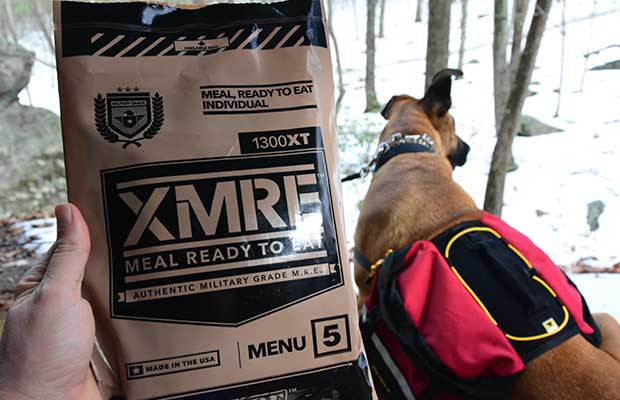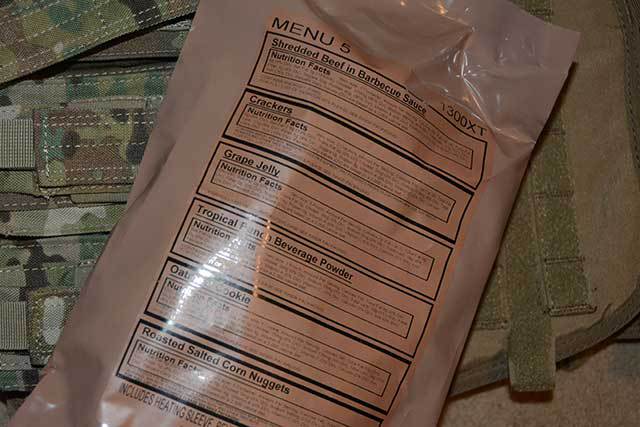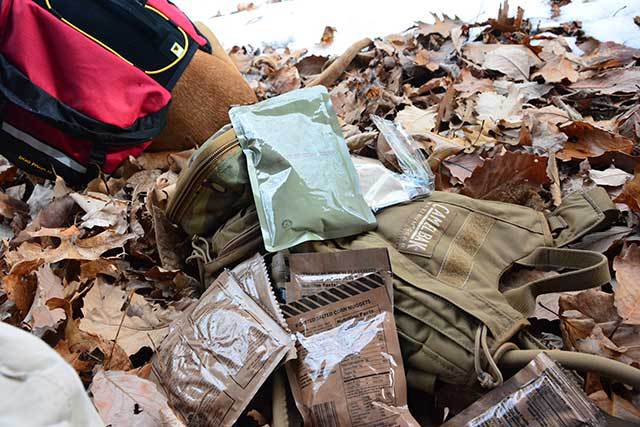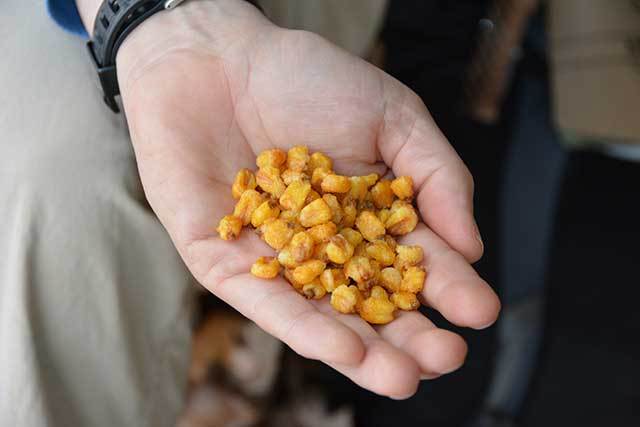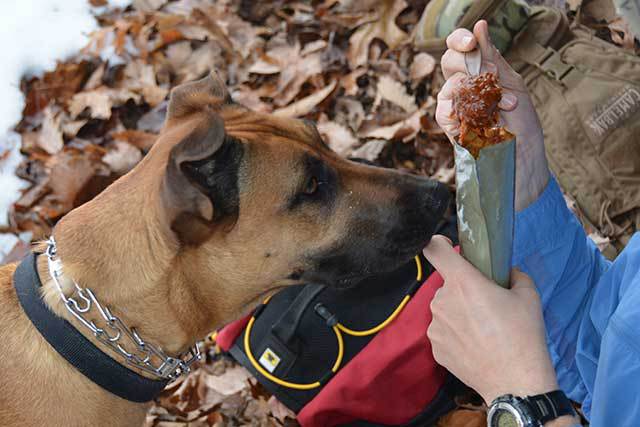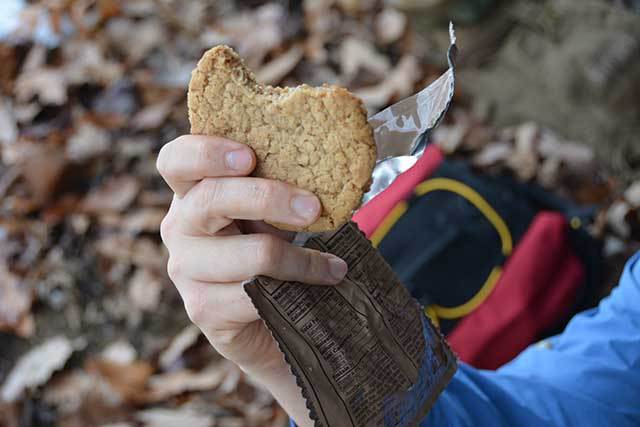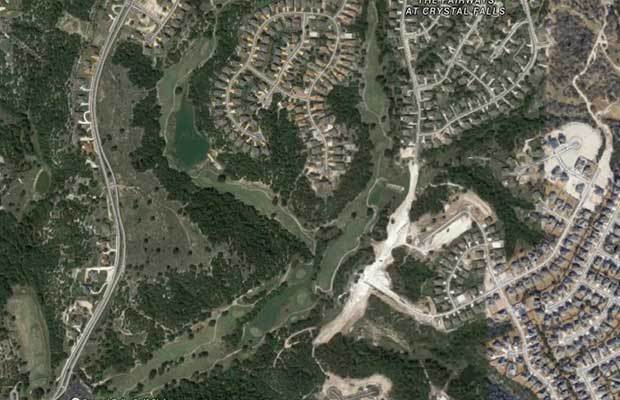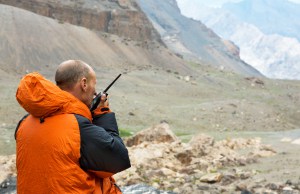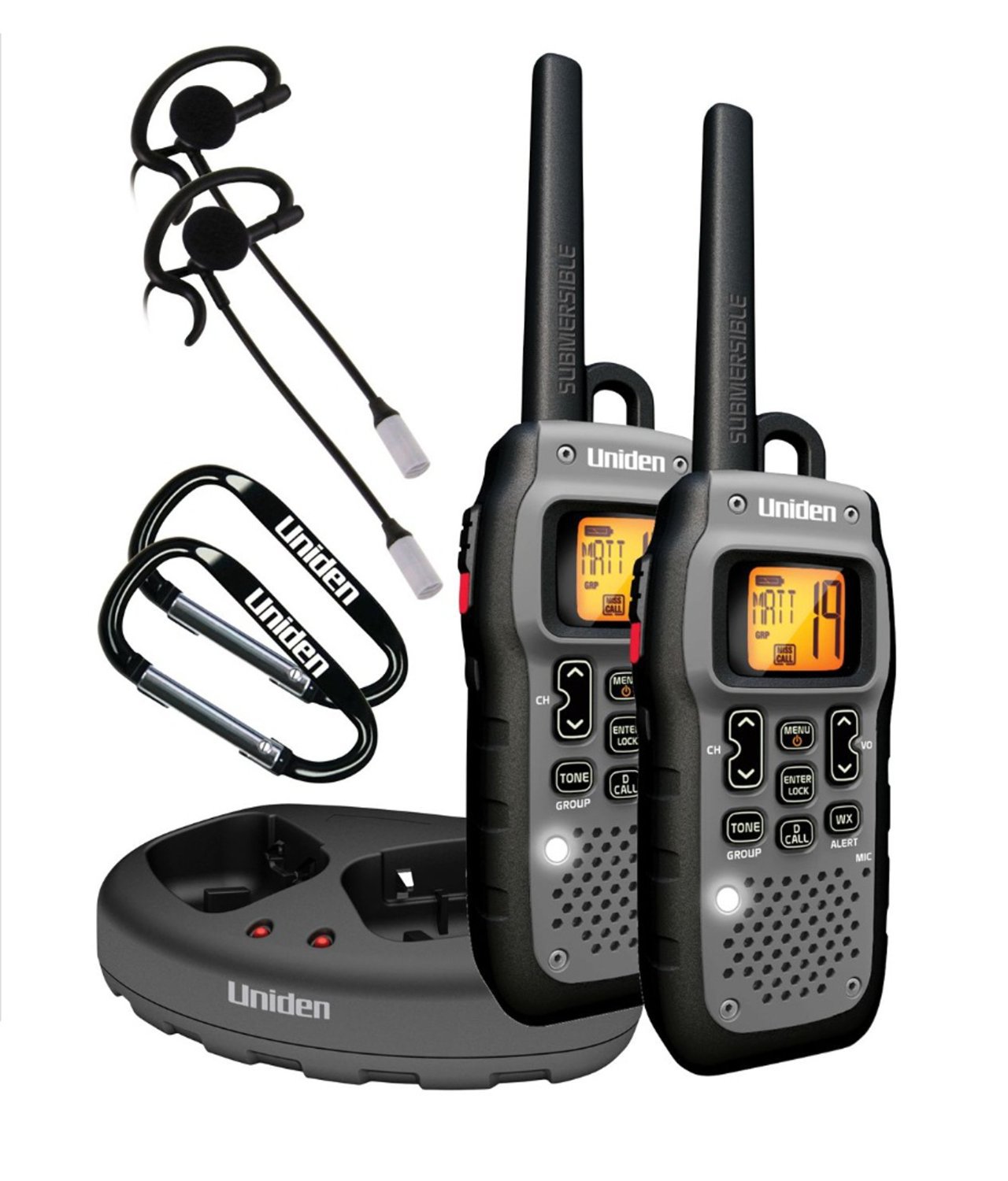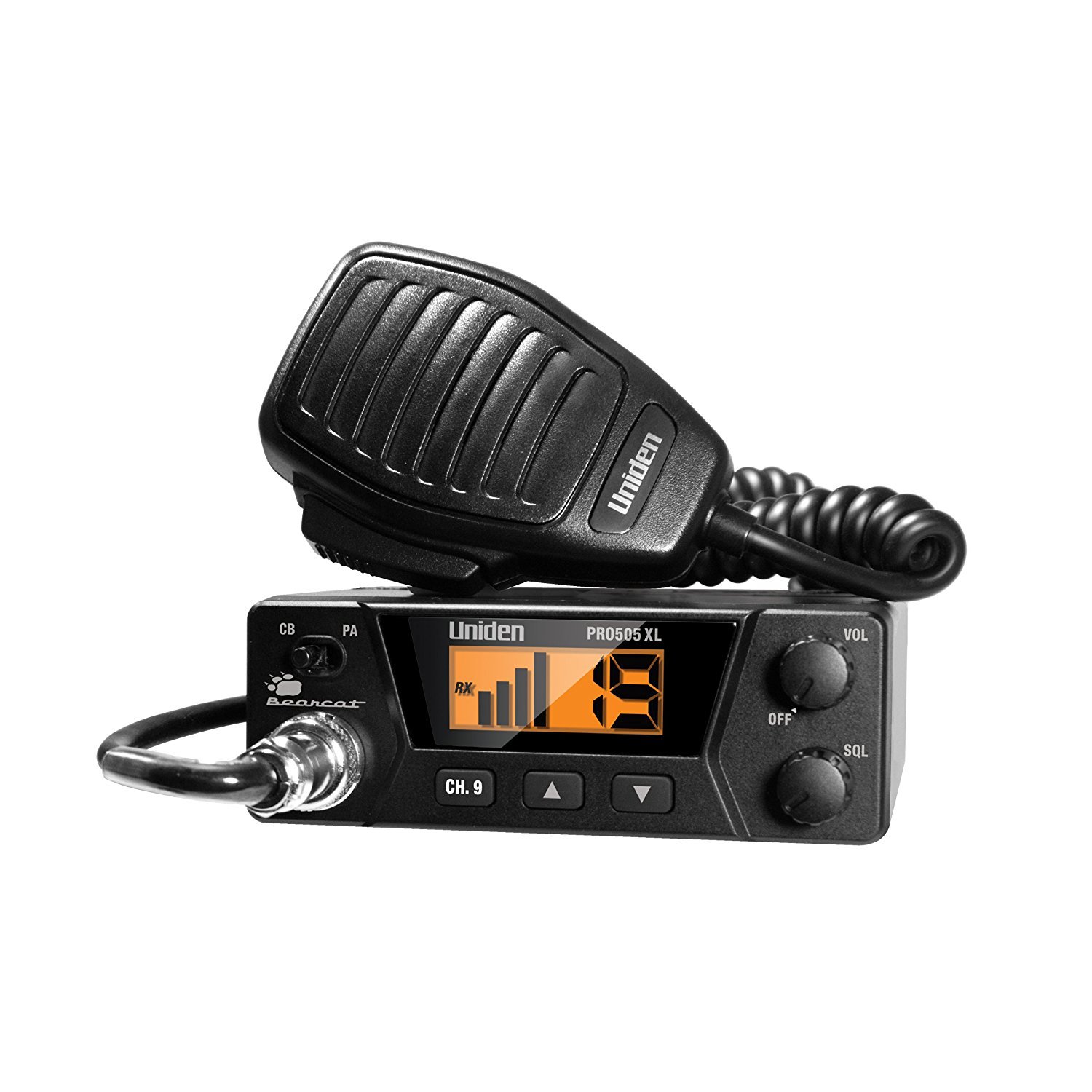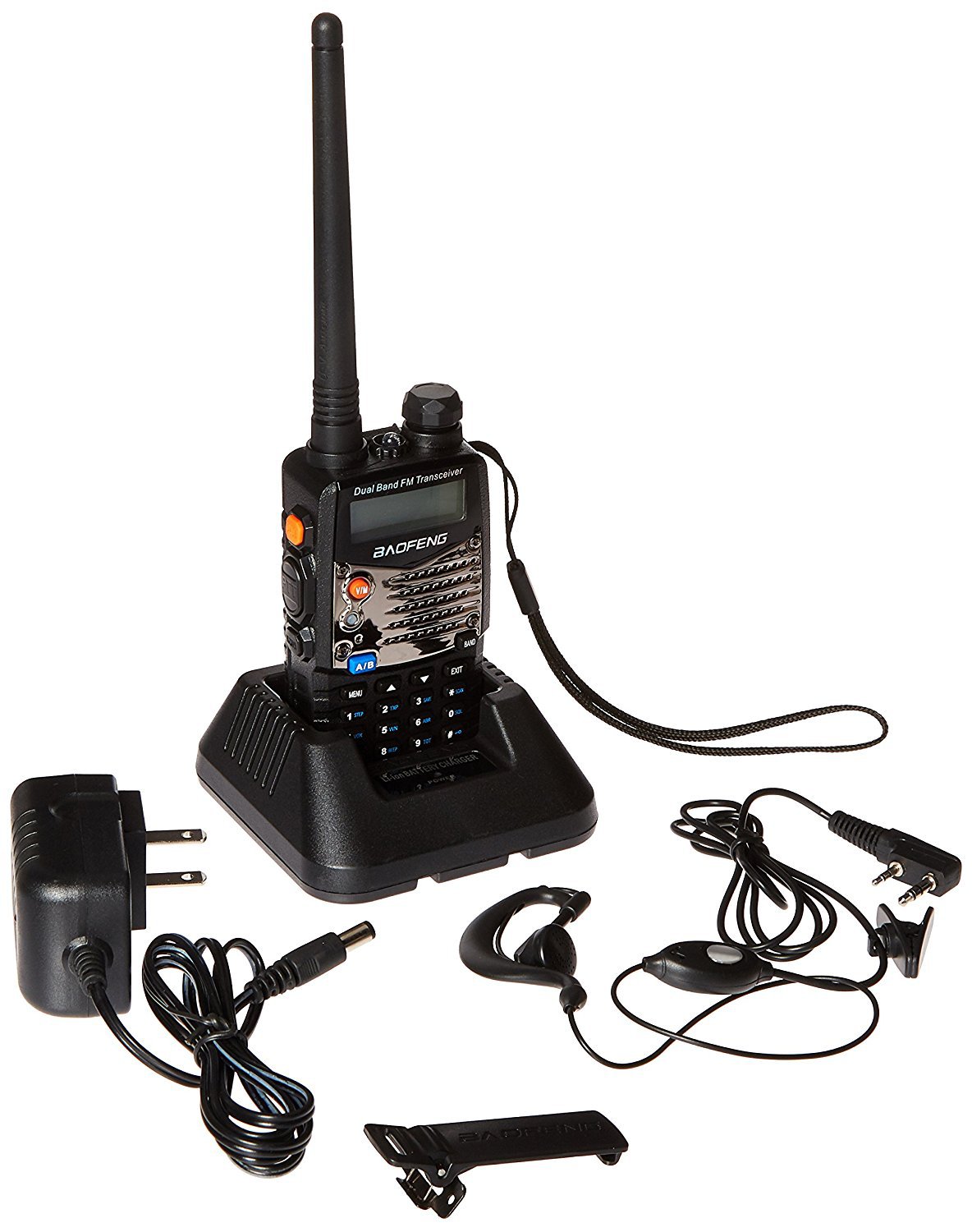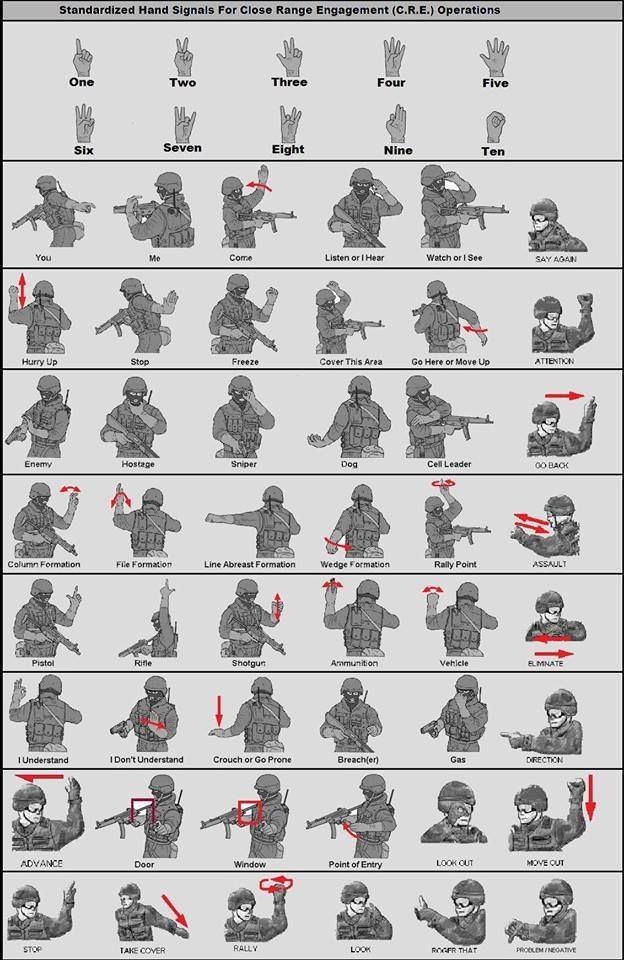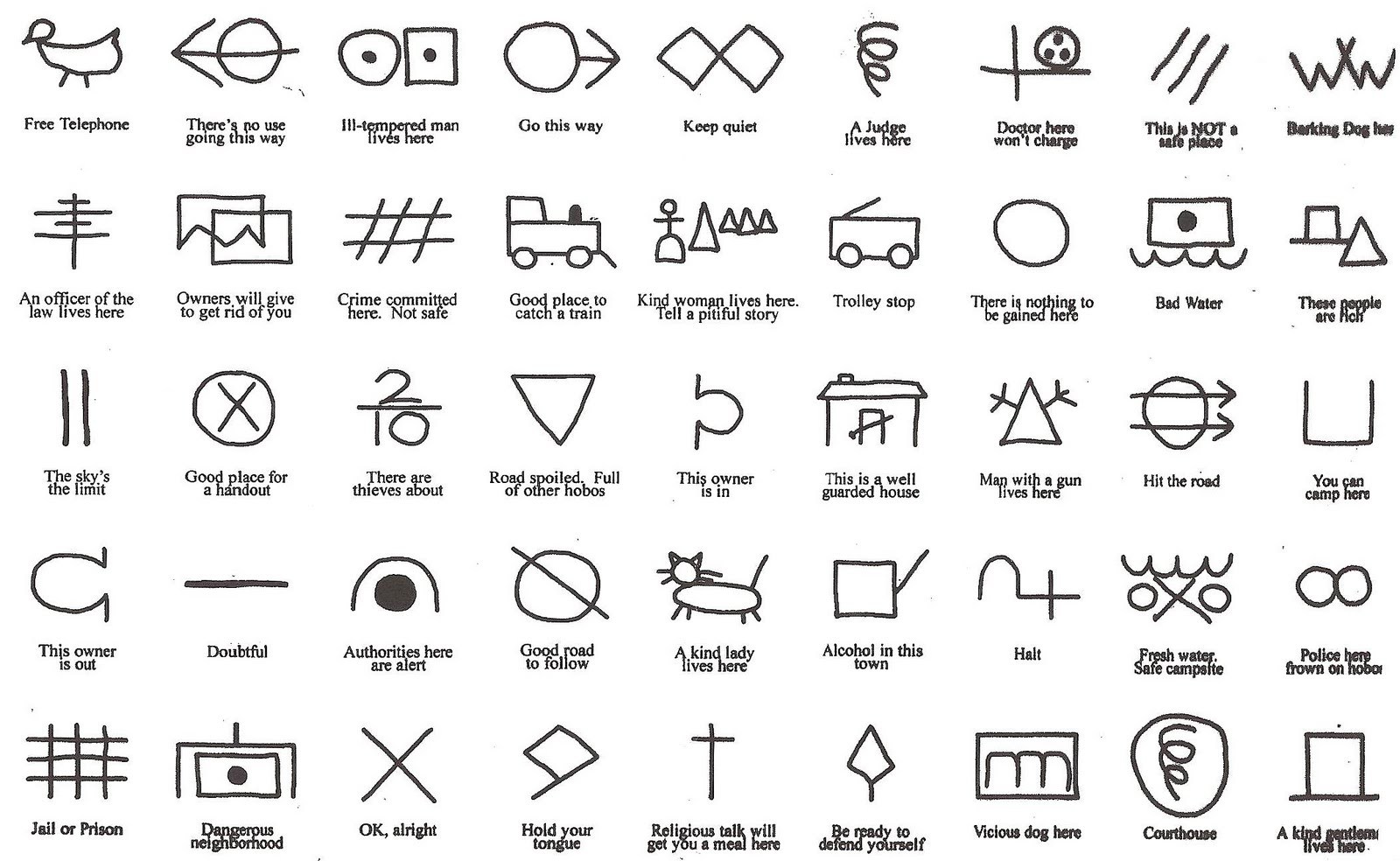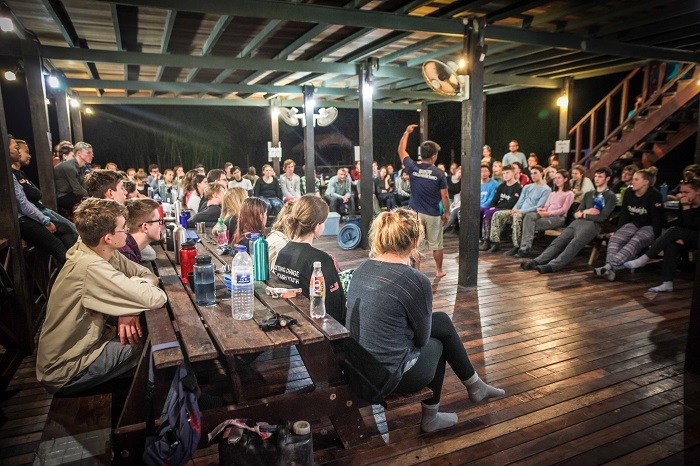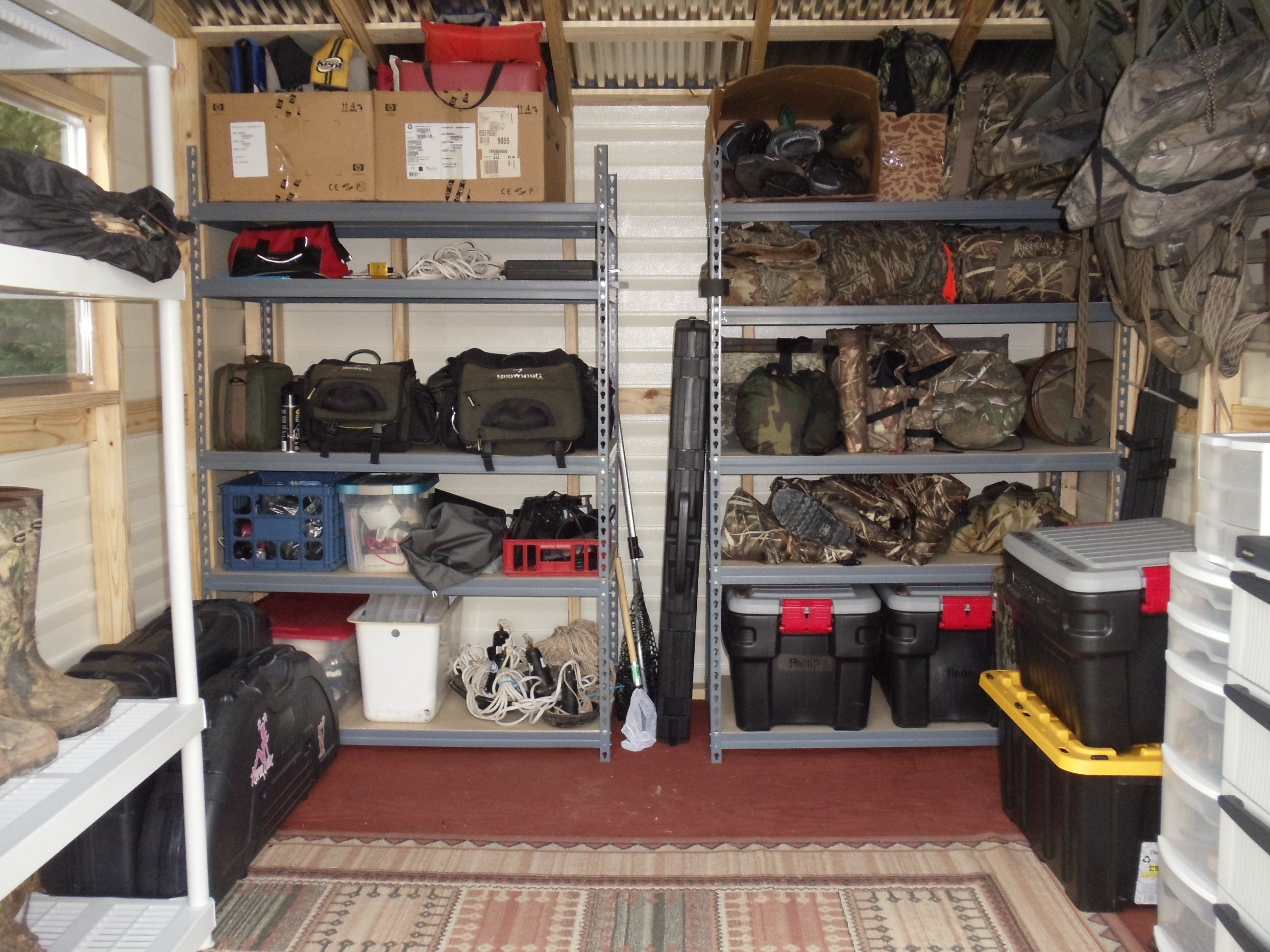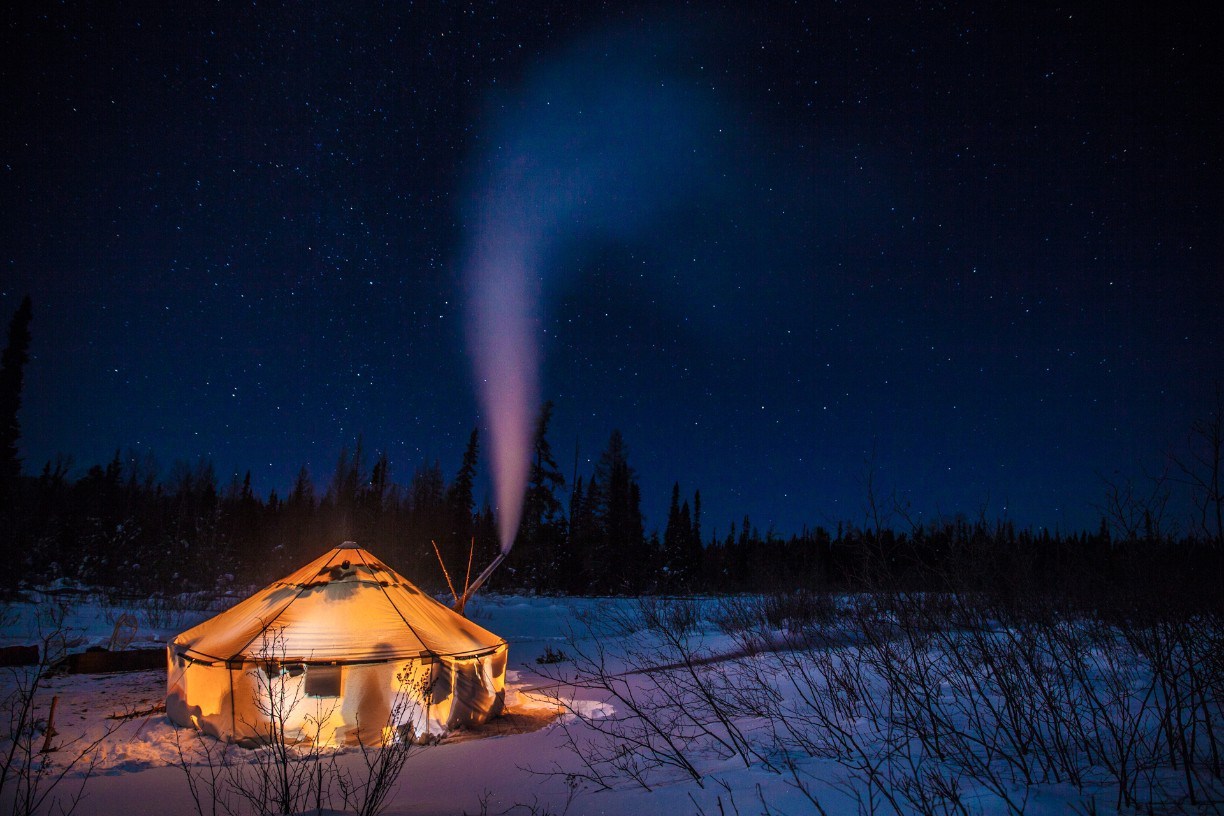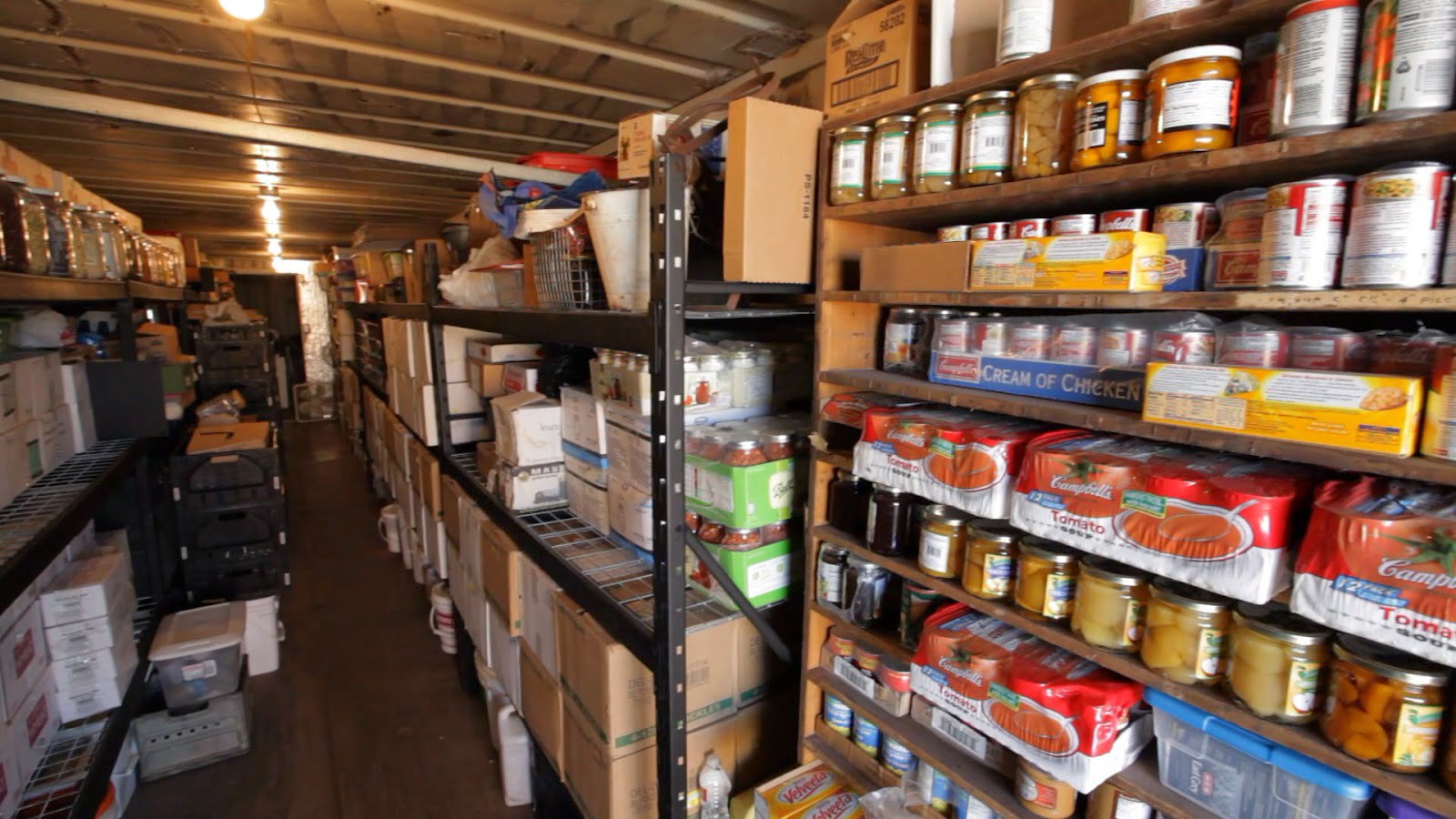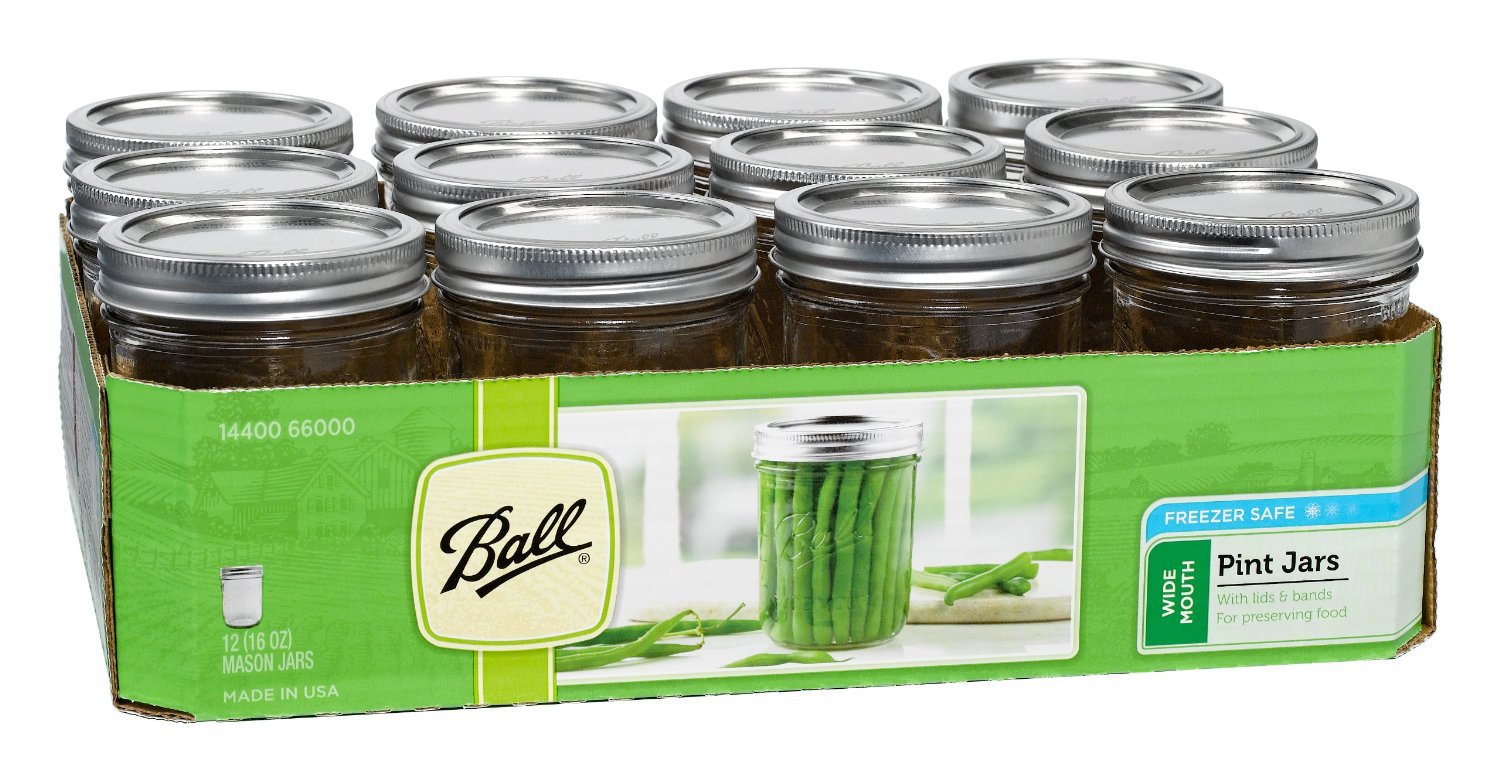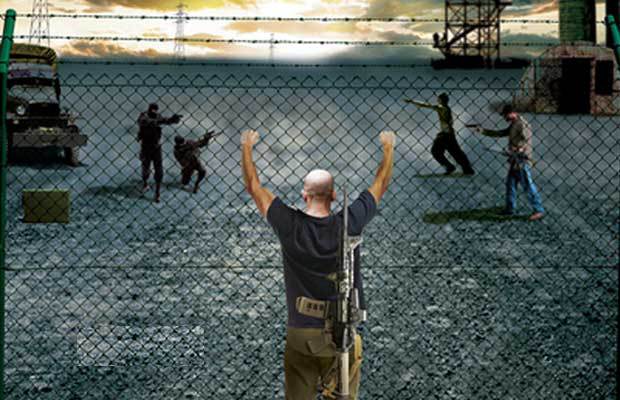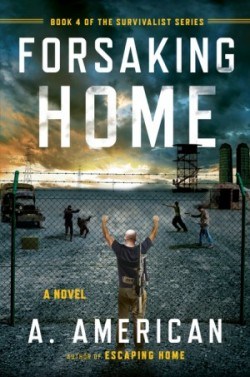Neighborhood Watch on Steroids
In previous posts I have discussed home security concepts and how you could take steps to make your home more secure. Ideally, these steps would be ones we could all take to strengthen our home’s defenses but the sad truth is that most of us our modern home fabrication caters to aesthetics and not strength. We like light and windows too much and our homes while relatively strong are mostly built on frames that can easily be bashed in without too much effort and a sledge-hammer. Yes, I know they have plywood on the outside, but if I can drive my car through the wall, it isn’t too stout is it?
My wife and I like to play this game where we have won the lottery and we are discussing the first thing we will buy. Usually, at the top of the list is a new home far away in a remote stretch of wilderness. Since this is pure fantasy – mostly because we might buy one lottery ticket a year- the sky is the limit with construction. It is during these conversations that the stark difference between my idea of a dream home and my wife’s come into focus. For example, she wants a lot of big windows to check out our fantastic view of the hundreds of acres we will own. I tell her that we can’t have big windows because we have to think of security. Instead I suggest that if we have the large picture windows, we also install roll down hurricane proof metal shutters that would come down and secure all the windows from any damage. Yes, I know this is like something out of Batman, but Hey! I won the lottery in my mind.
Needless to say these conversations never go anywhere and no we haven’t won the lottery so I have to take all my defensive problems back to my current reality house instead of hiring some miracle contractors with an unlimited budget to solve it for me. But why do I need super Batman strength security in the first place?
What am I worried about?
I do not live in a “bad neighborhood” but you always want a home that you feel safe in regardless of the situation outside. Usually this is from the prospect of someone breaking in and stealing what you have or just plain busting down the door to do you harm. Our homes like I mentioned above are all easily breached with some basic tools, brute force or a little time. Heck, it only takes a rock to bust in a window and people can walk on in. A stiff boot will work on most doors the first try and that is if they are locked in the first place.
I think of regular home security problems when there are police and electricity and food on the grocery store shelves. I also think about home security when none of those things are present. If you have a grid-down collapse scenario your home most likely won’t stand up to a couple of determined people for long if they go unchallenged. It is times like this that unless you have a walled fortress you need to consider adding some resources to your defense plan. You could hire those contractors I mentioned to start retrofitting your castle with those handy hurricane shutters but that is impractical. It is much wiser to revert to the Neighborhood watch on steroids.
What is the neighborhood watch on steroids you ask? You have heard of the neighborhood watch before and some of you may even have this in your neighborhood. I remember that we had a home in our neighborhood that was broken into several years back and all of our neighbors got together at a meeting to discuss forming a neighborhood watch. We had a police officer come in and talk briefly about what we should and should not do and we all received small flimsy signs to put in our yard that said words to the effect of “This neighborhood is protected by neighborhood watch”. I think there was one lady who volunteered to roam the streets but that is about the last I heard of it and once the flimsy sign rusted and faded it found its way into my trash can.
If you have a true collapse and you and your neighbor’s feel that they need to defend their homes it is better to join together and combine forces so that you can protect more homes at once. It is also more likely that several people watching over things will be more of a deterrent than a single older retiree walking her dog at night. This is another situation where it all depends on the disaster that has happened. If you are talking about a late summer storm that drops some trees on power lines and you have the resulting loss of power for a few days, the neighborhood watch on steroids probably doesn’t need to get activated.
If you have something more long-term and serious like a hurricane that robs power for several weeks and damages homes or displaces people that neighborhood watch might be necessary to prevent looting. Thinking more long-term and dire than even a hurricane; if the police are unable to come to your aid, there is widespread looting, theft, panic and chaos – you should already have a plan for keeping your neighborhood safe from intruders. All of your able-bodied neighbors should be on board with joining the neighborhood watch if that happens. The more people you have watching, the safer you will be but the disaster will dictate what is necessary or prudent to expect in the way of escalation of force.
Defending the Neighborhood
Who are the people you could expect to pose threats to your neighbors in a grid down or Without Rule of Law scenario? I think it depends on the length of the crisis almost completely. If the crisis or disaster is relatively short-lived and some semblance of order is returned this problem will go away. The more prolonged or serious the crisis is and the more desperate or bold the people will become.
Looters – This will be the first wave and it is completely normal to see people looting over just about any event these days. There was looting in Ferguson that materialized out of protests, but the looting I am referring to would be more like what we saw after Hurricane Sandy. After the storm had passed, people were found rummaging through homes that had been evacuated due to the alerts. With nobody there to stop them, these opportunists simply had their run of many homes. I even heard some reports that looters would dress up as utility workers so they would look legitimate, but that may have only been rumors. Even if it was, I can see people trying it.
Desperate People/Nomads – After the looters have gone or when the subject of what people are looking for turns to necessities instead of flat screen TV’s I think people displaced from their homes would be the next group. We talk about the Golden horde moving out of the major cities and into surrounding communities and I think this is something we could easily see with the right disaster. Hundreds of thousands of people from New York alone could disgorge from the city if they had some form of terrorist attack or outbreak. When people are forced to flee so fast they can’t take any supplies, they will be left with what is on their backs. Even if you had a great Bug Out Bag, how much food are you taking with you? What will you do when the food is gone but the emergency isn’t over yet? These people will be looking for food and supplies and they may be walking through your neighborhood.
Bands of criminals – I think this is only likely in the most severe form of disaster after we have a long absence of law and order. Groups of thugs will join together for survival and once they do, they will start roaming outward to gain the same thing that others will be looking for; items they need or want in order to live. If you are still in your home and you haven’t bugged out to your secret walled complex with rolling metal shutters in the middle of the forest, they could find your neighborhood. These people pose the greatest threat in my opinion because they will most likely be armed and will have experience with assaulting homes and people. This will be a larger organized group that has survived long enough to know a thing or two and the will require the most force and tactics to deal with effectively.
I plan to expand this topic to cover tactical ideas, strategies and supply considerations in upcoming posts that will all be linked and I’ll talk about how you to transition from no plan at all to a neighborhood watch on steroids. Have you given any thoughts to your neighborhood security? Do you plan to join your own Neighborhood Watch on Steroids?
In previous posts I have discussed home security concepts and how you could take steps to make your home more secure. Ideally, these steps would be ones we could all

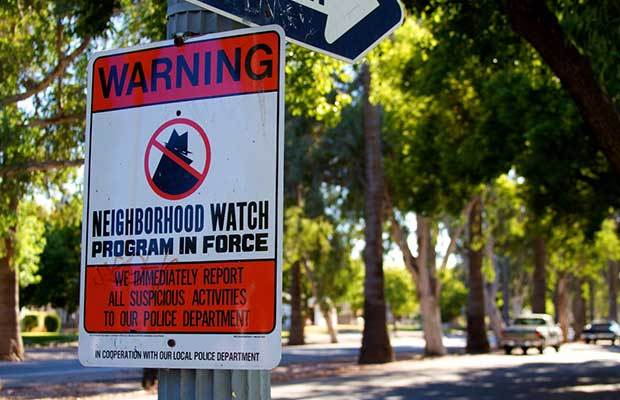

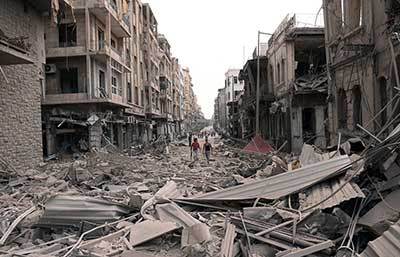 If my hypothetical TEOTWAWKI event is a global economic collapse that thrusts the entire world into something worse than the great depression, I would have an Extrinsic Motivation to avoid going broke, to find a job, to provide for my family. By the same token, I would feel personally rewarded if I was able to survive during a depression while still taking care of my family. Whether the motivating force is external or internal I still am motivated to some action.
If my hypothetical TEOTWAWKI event is a global economic collapse that thrusts the entire world into something worse than the great depression, I would have an Extrinsic Motivation to avoid going broke, to find a job, to provide for my family. By the same token, I would feel personally rewarded if I was able to survive during a depression while still taking care of my family. Whether the motivating force is external or internal I still am motivated to some action.